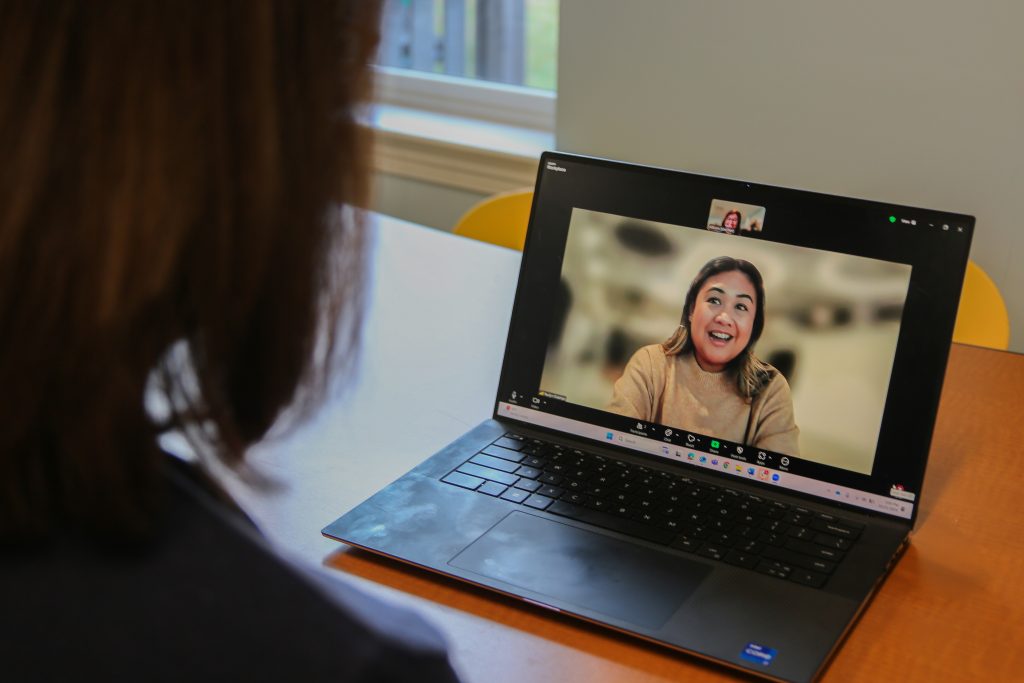The Center for Connected Health Policy (CCHP) recently reviewed and summarized telehealth reimbursement policies from two major private insurers: UnitedHealthcare (UHC) and Aetna. Using publicly available information, the analysis highlights key features across both payers, offering insight into the shifting landscape of private telehealth coverage.
UnitedHealthcare (UHC)
UHC’s Telehealth/Virtual Health Policy applies to all commercial and individual exchange plans and encompasses a broad range of services under the term “Virtual Health,” including
- Synchronous care (real-time audio and video)
- Asynchronous care (e.g., store-and-forward)
- Remote Physiologic Monitoring (RPM)
Reimbursement is guided by a mix of CMS standards, CPT coding rules, and UHC’s own list of eligible services. Providers must use place of service (POS) codes 02 or 10 to distinguish between services delivered at a facility versus in the patient’s home. While modifiers like 95, GT, GQ, and G0 are accepted for informational purposes, modifier 93 is required for audio-only visits.
UHC also defines the patient’s home as a valid originating site – even without a telepresenter – though originating site facility fees (e.g., Q3014) are not reimbursed when POS 10 is used.
Importantly, UHC goes beyond CMS by reimbursing therapy providers, such as physical therapists, occupational therapists, and speech-language pathologists, when sessions are conducted via real-time audio and video.
The policy also includes a wide range of Communication Technology-Based Services (CTBS) and RPM services, such as virtual check-ins, e-visits, interprofessional consults, and device-based monitoring.
These services, which are not conducted in person, should not be billed with POS codes 02 or 10, nor with standard telehealth modifiers.
UHC also aligns with CMS in not reimbursing the new E/M codes 98000–98015 for telehealth. Instead, providers should continue to use traditional E/M codes (e.g., 99202–99215) with the appropriate POS code.
Aetna
Aetna’s Telemedicine and Direct Patient Contact Payment Policy applies to both commercial and Medicare Advantage plans and clearly defines various telehealth modalities, including:
- Synchronous video
- Audio-only
- Asynchronous communications
Reimbursement aligns with CMS guidance, using CPT and HCPCS codes along with specific modifiers such as:
- 95 (real-time interactive audio/video)
- 93 and FQ (audio-only)
- GT (interactive audio/video)
- FR (supervising provider via video)
- GQ (asynchronous systems)
Aetna notes that the lists of eligible services may differ based on plan type and state requirements. For example, fully insured commercial plans are subject to state-specific telehealth mandates, while Medicare Advantage plans follow CMS rules more closely.
Notably, Aetna:
- Does not reimburse transmission or facility fees (e.g., Q3014, T1014), viewing them as incidental to patient care
- Covers tele-stroke services when billed with the G0 modifier
- Excludes certain services such as care plan oversight (unless specially approved), concierge medicine, and missed appointments
While the policy lists eligible Remote Patient Monitoring (RPM) codes, it does not include CTBS services such as virtual check-ins or e-visits, likely because they do not involve direct patient interaction.
Virginia Private Payer Telehealth Requirements
In Virginia, private insurers, including health maintenance organizations and corporations offering health coverage, are required to provide coverage for certain telemedicine services. Below is an overview of unique requirements tied to reimbursement and delivery of care via telehealth in Virginia, according to Center for Connected Health Policy.
- Parity in Coverage: A service cannot be denied coverage solely because it’s delivered via telemedicine rather than face-to-face.
- Standard of Care: Services delivered via telehealth must meet the same clinical standards as in-person services.
- Technology Restrictions: Insurers cannot require providers to use proprietary platforms or applications to receive reimbursement.
- Remote Patient Monitoring: Coverage must include medically necessary remote patient monitoring, where available.
- Prescribing: Controlled substances may be prescribed via telemedicine but must comply with state (§ 54.1-3303) and federal laws.
- Utilization review and cost-sharing requirements: Copays, coinsurance, etc. for telehealth services must match those applied to in-person care.
Additionally, under value-based arrangements, payer contracts may allow primary care providers to conduct mental health screenings and make referrals – either on-site or via telehealth, including through off-site providers.
Please note that health plan policies can change at any time. For the most current and accurate information, consult each payer directly and refer to the original source material. This summary was informed by materials prepared by the Center for Connected Health Policy.This is not a substitute for payer-specific guidance.

